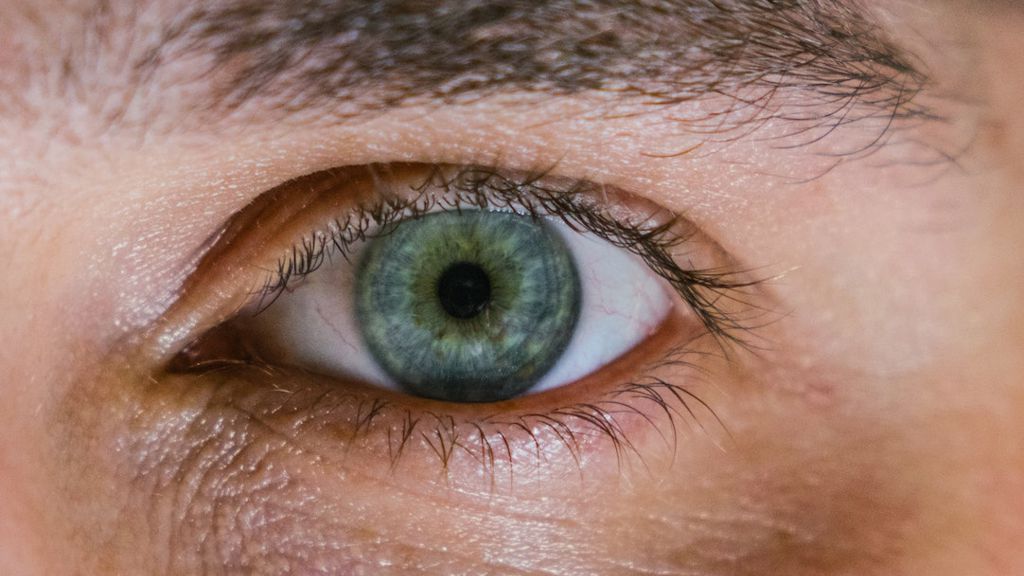Do you see small mosquitoes and flies in front of your eyes, but you cannot drive them away no matter how you try? This is commonly known as “eye floater syndrome” or “eye floaters” and also known as muscae volitantes. Especially when looking at a white wall or the blue sky, floaters, which are dark shadows, are quite obvious. Some of these shadows are not shaped like bugs, but rather spots, filaments, and rings. In severe cases, the condition will affect the vision, causing inconvenience in daily life. In some cases, eye floaters may be a sign of serious eye disease.
What are the symptoms of eye floaters, and under what circumstances is there risk of blindness? What are the causes of eye floaters and treatments? We will explain below with infographics.
5 Major Symptoms of Eye Floater Syndrome
Eye floaters usually appear as follows:
- The eyes see fly-like dark shadows, with shapes such as spots, rings, filaments, clouds, and insects.
- These shadows may be large or small, with some being clear and some blurry.
- Floaters are sometimes present and sometimes absent. And sometimes they suddenly increase, and even fill the entire field of vision.
- When you move or rotate your eyes, the floaters will drift along with the movement.
- Floaters are sometimes accompanied by flashes of light.
Why Do Floaters Form?
Eye floaters have subjective symptoms, and the condition is closely associated with the vitreous humor in the eye. In medical terms, it is also known as “vitreous clouding” or “vitreous degeneration.”
What is vitreous humor (aka. vitreous body)?
It is a colorless, transparent colloid inside the eye, covered with a vitreous membrane. It is located between the lens and the retina and fills four-fifths of the eye, and its role is to support the retina, so that it can fittingly line the back wall of the eye.
By HEALTH 1+1









